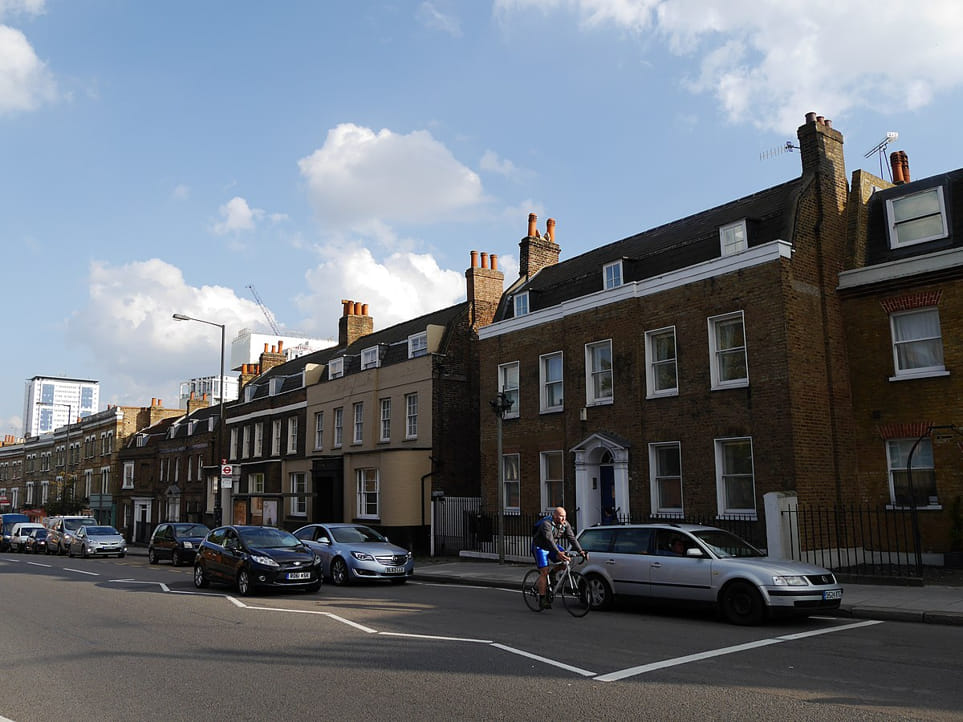The Comprehensive Guide to Change of Use in Wandsworth West Hill: Unveiling Opportunities and Navigating Challenges
In the vibrant and ever-changing landscape of urban development, the concept of “Change of Use” plays a pivotal role in reshaping how properties function within their communities. For those involved in property management, investment, or development in Wandsworth West Hill, a deep understanding of this concept is essential. This detailed guide aims to provide an exhaustive exploration of Change of Use in Wandsworth West Hill, highlighting its regulatory framework, application process, benefits, and the various challenges one might encounter.
What Exactly is Change of Use?
Change of Use refers to the transformation of a property’s designated function or purpose, which is defined by its existing planning permissions. This process involves altering the property’s original use to a new one, such as converting a residential dwelling into a commercial space, turning a retail store into a café, or repurposing an office building into residential apartments. Such transformations are driven by shifting market demands, evolving business needs, or a desire to better utilize a property’s potential.
Navigating the Regulatory Landscape in Wandsworth West Hill
Role of the Local Planning Authority
In Wandsworth West Hill, the Wandsworth Borough Council acts as the Local Planning Authority (LPA), overseeing and approving Change of Use applications. The LPA ensures that any proposed changes are in line with local planning policies and contribute positively to the community. Understanding the LPA’s guidelines and requirements is crucial for a successful application.
Planning Permission Categories
Change of Use applications generally fall into two primary categories:
- Full Planning Permission: This category is required for more extensive and impactful changes that significantly alter the building’s function and its effect on the surrounding area. Full planning permission involves a rigorous assessment process, including evaluating the potential impact on local infrastructure, the environment, and community services.
- Permitted Development Rights: For smaller, less disruptive changes, permitted development rights may apply. This allows certain alterations without the need for a full planning application. However, these rights come with specific limitations and conditions that must be carefully adhered to.
The Application Process: A Step-by-Step Journey
Step 1: Initial Research and Planning
Before initiating a Change of Use application, conducting thorough research is essential. This involves:
- Reviewing Local Policies: Familiarize yourself with the Wandsworth Borough Council’s planning policies related to Change of Use. Understanding these policies helps ensure that your proposal aligns with the council’s objectives and complies with local regulations.
- Assessing Potential Impact: Evaluate how the proposed change will affect neighboring properties, local traffic patterns, and community services. A comprehensive impact assessment helps in addressing potential concerns and demonstrating the benefits of the proposed changes.
Step 2: Engaging in Pre-Application Consultation
A pre-application consultation with the Wandsworth Borough Council provides an opportunity to discuss your proposal before formally submitting it. This step is invaluable as it allows for early feedback, helps identify potential issues, and increases the likelihood of a smoother application process. Engaging in this dialogue also showcases your commitment to working collaboratively with the council.
Step 3: Preparing a Comprehensive Application
When preparing your Change of Use application, ensure it is detailed and well-documented. Essential elements include:
- Architectural Plans: Provide clear, detailed architectural plans illustrating the proposed changes. This should include floor layouts, elevations, and any modifications to the building’s exterior.
- Supporting Documentation: Include supporting documents such as impact assessments, traffic studies, and environmental reports. These documents are crucial for addressing concerns related to the potential effects of the proposed change on the local environment and infrastructure.
Step 4: Submission and Review Process
Submit your application to the Wandsworth Borough Council for review. The review process includes:
- Public Consultation: Your proposal will be subject to public consultation, allowing local residents and stakeholders to review and provide feedback. This stage is important for ensuring transparency and addressing community concerns.
- Planning Officer Evaluation: Planning officers will assess your application against local planning policies and regulations. This evaluation involves a thorough examination of the potential impacts on the local area and its infrastructure.
Step 5: Decision Making and Appeals
After the review process, the Wandsworth Borough Council will issue a decision. If the application is approved, you can proceed with the proposed changes. If denied, you have the option to appeal the decision. The appeal process involves submitting a formal appeal to the Planning Inspectorate, where an independent review of your application will be conducted.
Advantages of Change of Use
Stimulating Economic Growth
Changing the use of a property can drive economic development by introducing new businesses, services, or housing options. For instance, transforming a vacant retail space into a bustling café can attract visitors and create job opportunities, thereby enhancing the local economy of Wandsworth West Hill.
Increasing Property Value
Properties that undergo a Change of Use often experience an increase in market value. For example, converting an outdated office building into modern residential apartments can significantly enhance its appeal and profitability. This increase in value is often due to improved functionality and updated amenities.
Enhancing Community Well-Being
Change of Use can contribute to the revitalization of underutilized or neglected properties, leading to a more vibrant and attractive neighborhood. By providing new amenities and services, such as restaurants, shops, or community spaces, the overall quality of life for residents can be improved.
Challenges and Considerations
Ensuring Regulatory Compliance
Adhering to planning regulations is crucial for a successful Change of Use application. Failure to comply with local policies can result in legal issues, fines, or orders to revert the property to its original state. Staying informed about the latest regulations and working closely with planning professionals can help mitigate these risks.
Addressing Community Concerns
Consider the potential impact of your proposed changes on neighboring properties and the local community. Addressing concerns related to increased traffic, noise, and alterations to the neighborhood’s character is essential for gaining support and facilitating a smoother approval process.
Financial Considerations
Changing the use of a property can involve significant costs, including application fees, construction expenses, and potential modifications to existing infrastructure. It is important to conduct a thorough financial assessment to ensure the project’s feasibility and to budget appropriately for all associated costs.
Understanding and navigating the Change of Use process in Wandsworth West Hill requires careful planning, thorough research, and a strategic approach. By following the outlined steps and addressing potential challenges, property owners and developers can successfully transform their properties to meet evolving needs and contribute positively to the local community. Whether you’re considering converting a residential property into a commercial space, repurposing an office into apartments, or making other significant changes, mastering the Change of Use process is key to unlocking your property’s full potential and achieving your development goals.



No responses yet